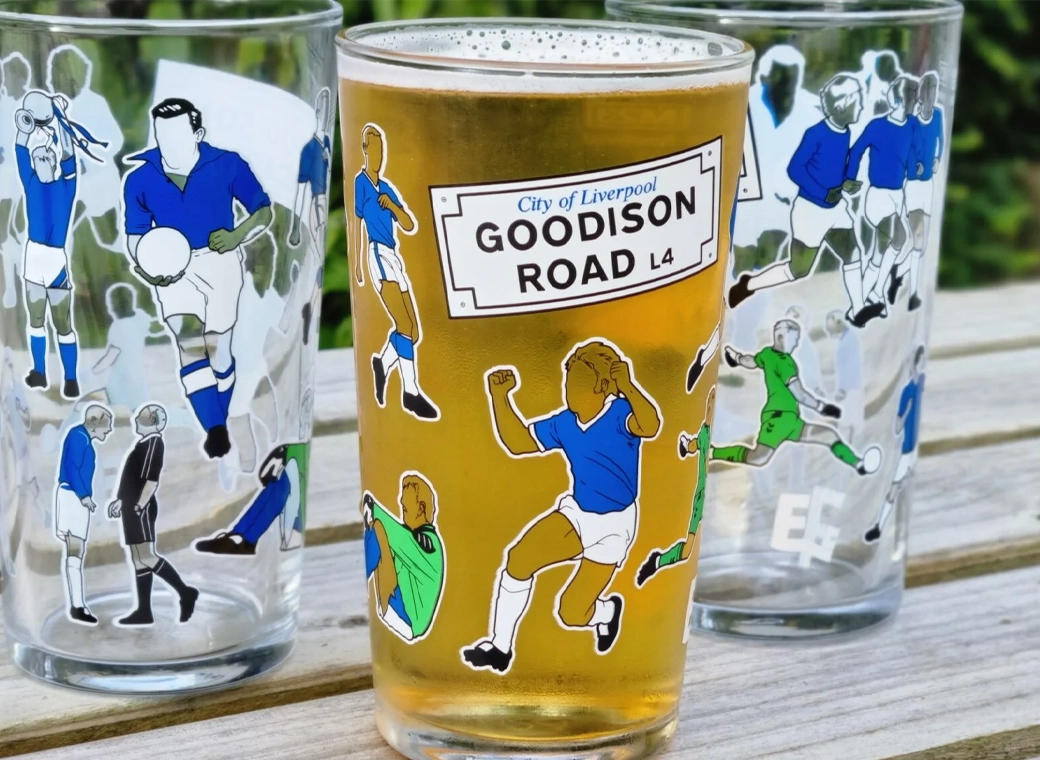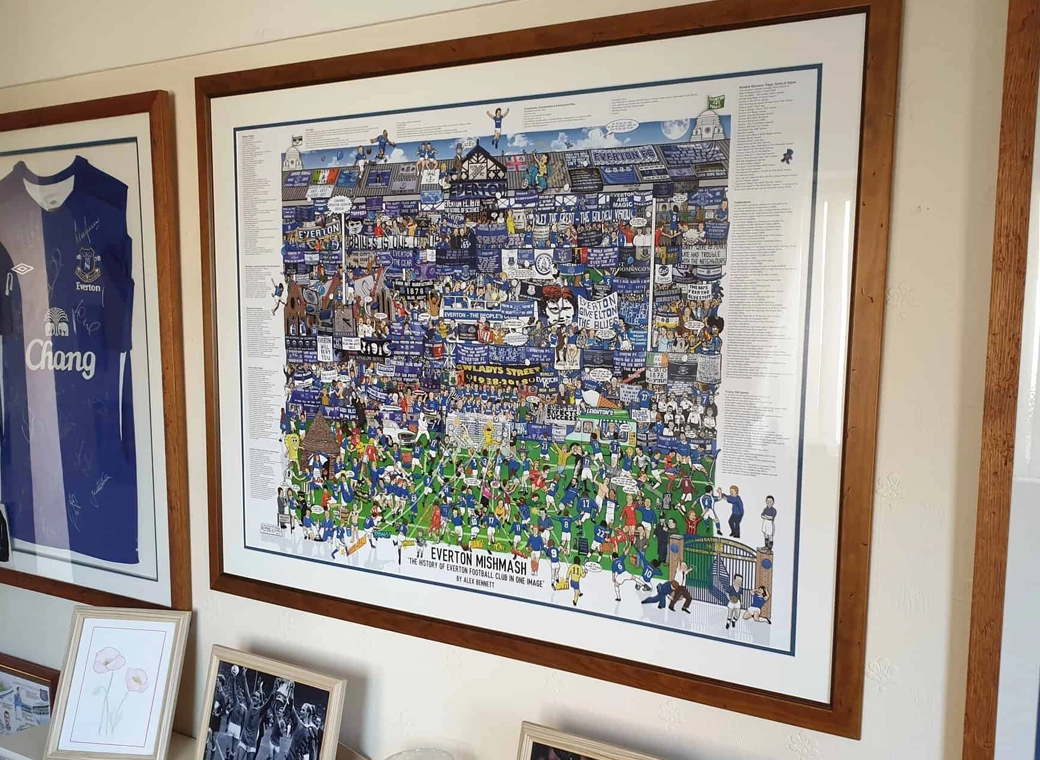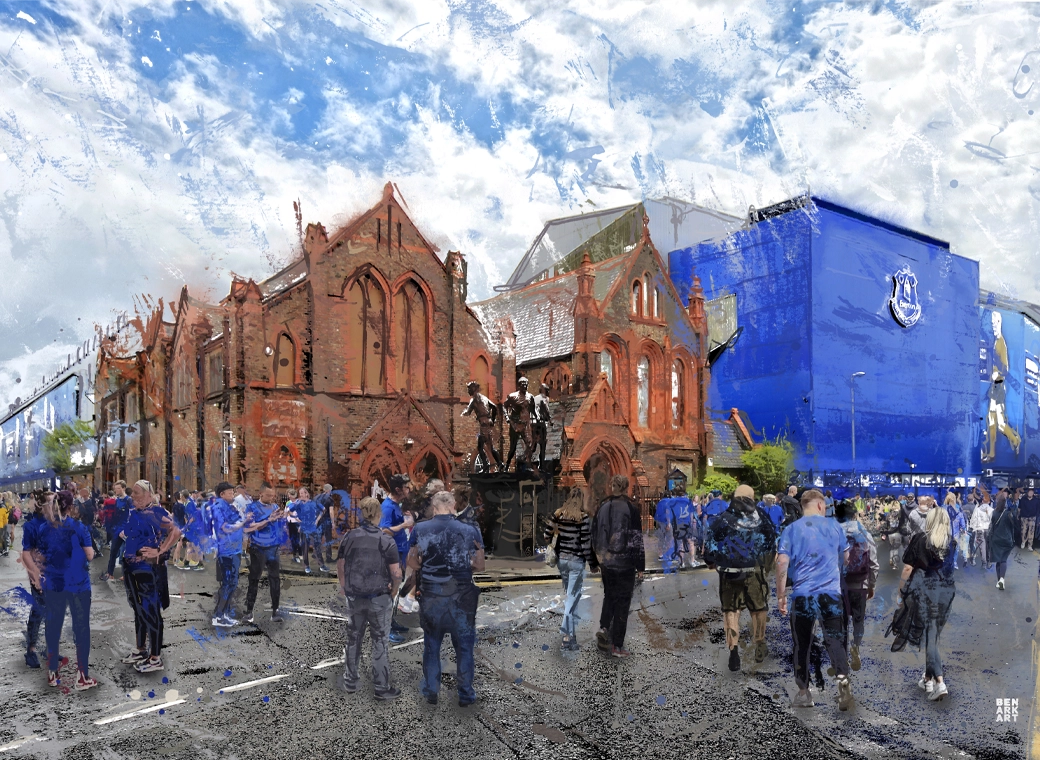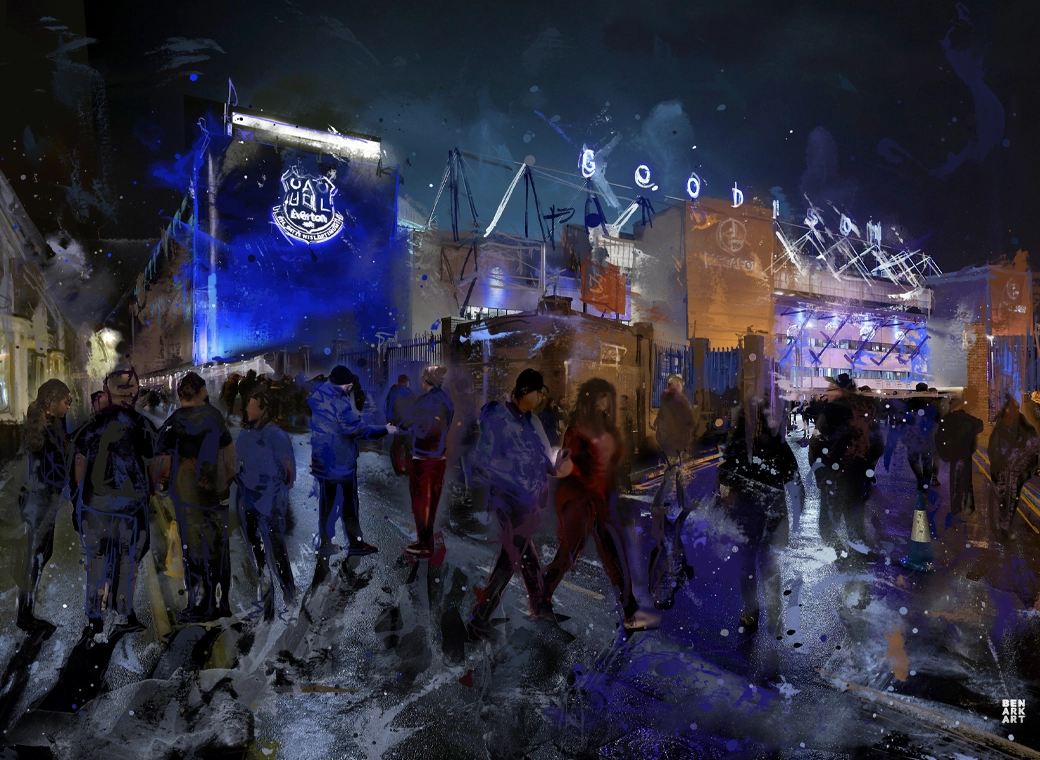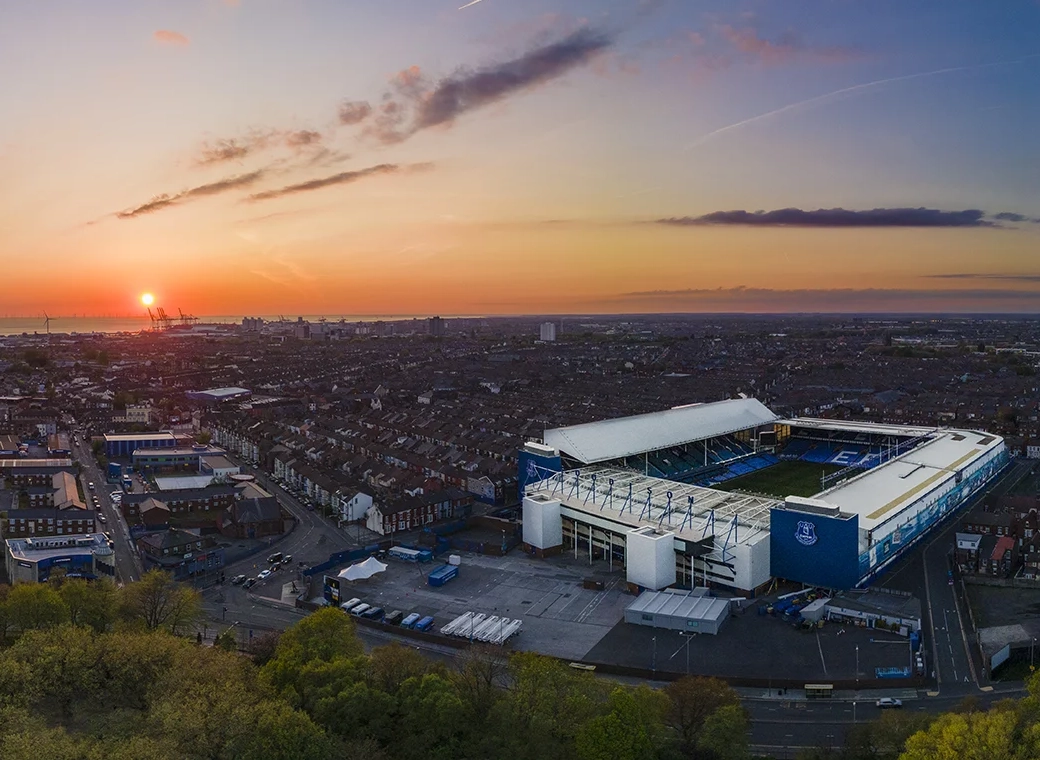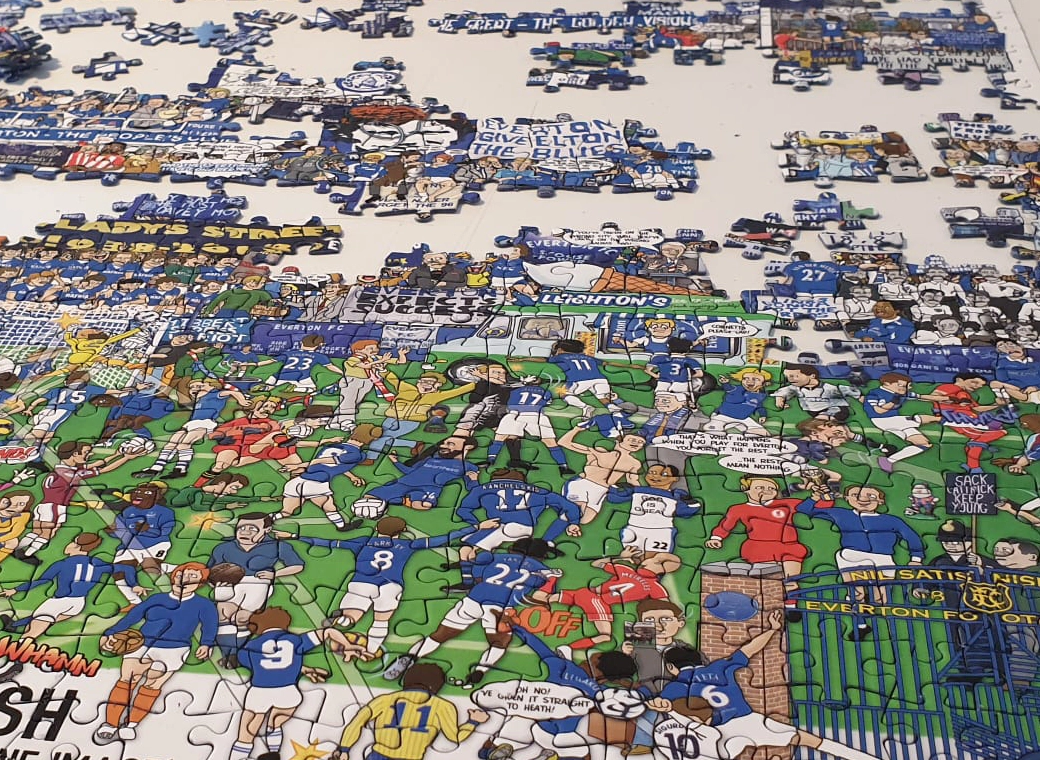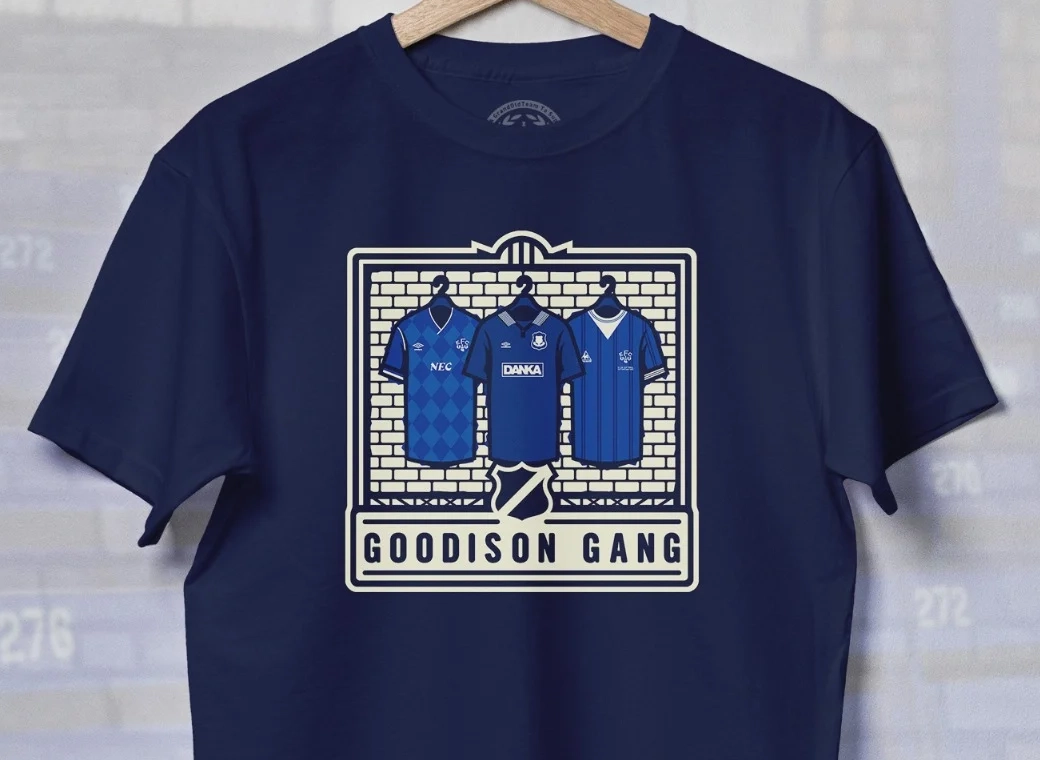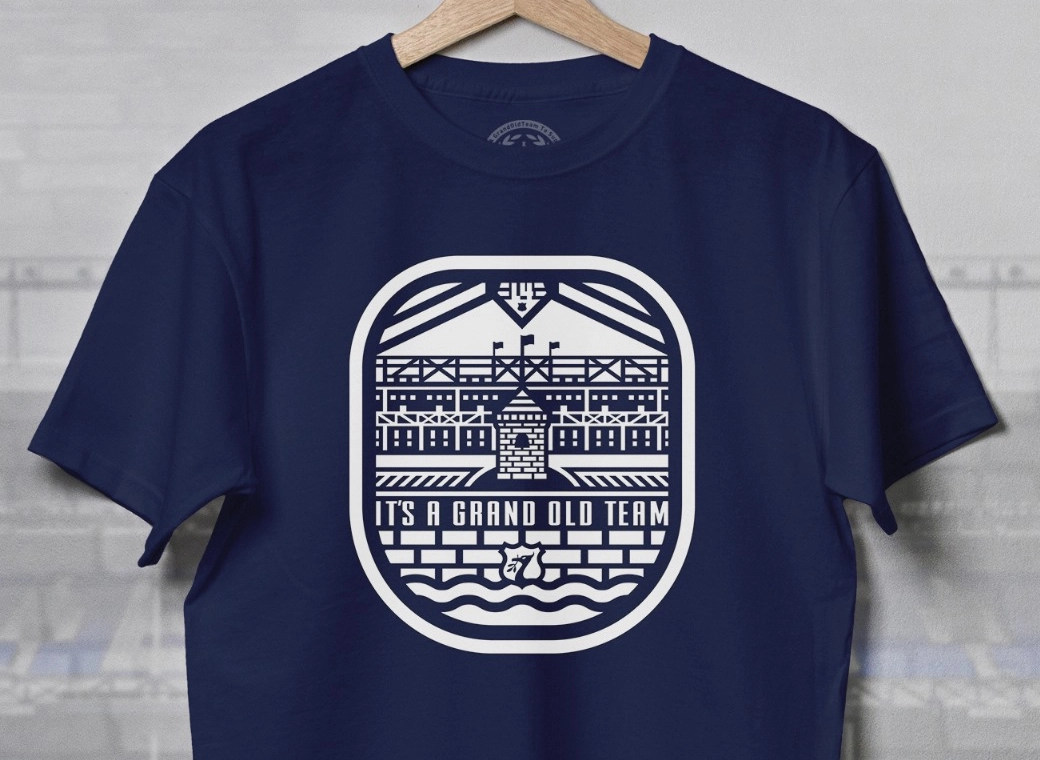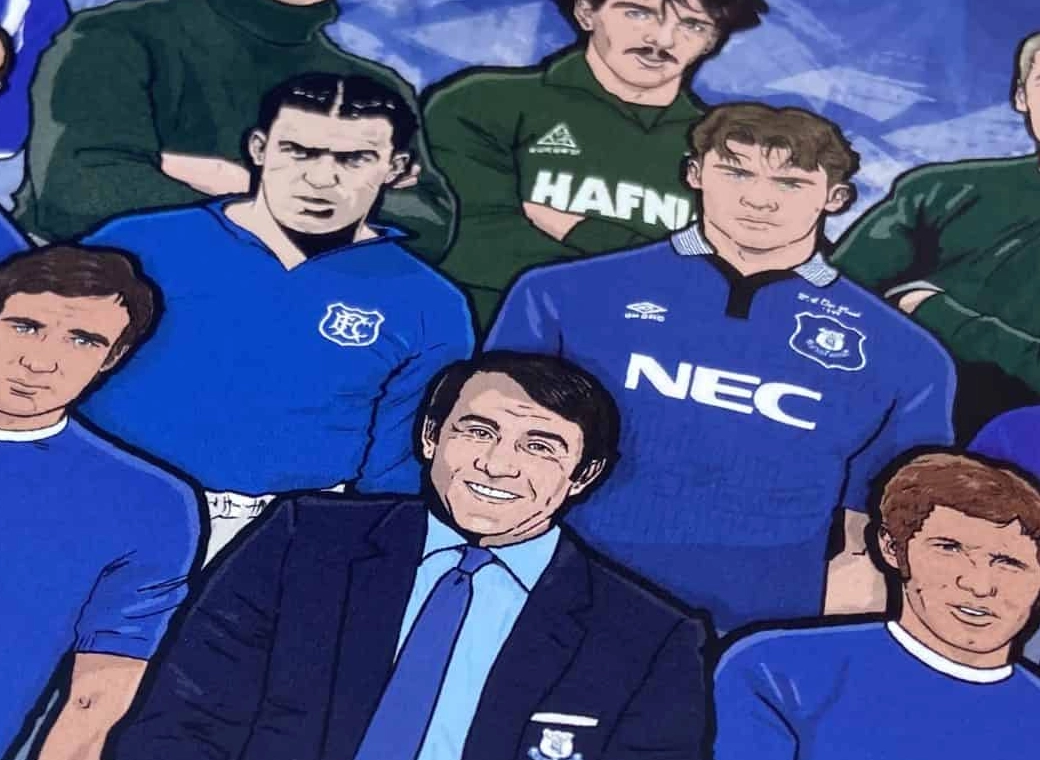He has played loads of formations over the years, he likes 442, but hes played many.
PERSONALLY, can see him looking towards a 442 diamond or a 433, but we currently dont have the players for them, so he will adapt short term, to what I have no idea
He likes to press
Towards the beginning of his coaching career, and during his time with Parma, Ancelotti preferred to use a rigorous
4–4–2 formation, which made use of heavy pressing, and drew influence from that of his Milan and Italy coach Arrigo Sacchi, and which he believed to be the most successful system for his team; however, this system did not allow for more creative forwards, such as Gianfranco Zola, Hristo Stoichkov and Roberto Baggio, to play in their preferred positions, and ultimately led to Zola and Stoichkov's departure from the club, while Baggio's transfer to Parma in 1997 was impeded by Ancelotti. Ancelotti later stated that he regretted his intransigence, and when he joined Juventus, he abandoned his favoured 4–4–2 in favour of a 3–4–1–2 system, in order to accommodate Zinedine Zidane in his preferred advanced playmaking role behind the forwards.
[14][26][29][34][31][33][156] In addition to Sacchi, Ancelotti has also cited his former Roma manager Nils Liedholm, and his youth coach
Bruno Mora as major influences.
[157][158][159]
Despite his initial reputation as a tactically inflexible coach, with Milan Ancelotti later drew praise for his ability to find systems which would best suit his players, and which allowed several talented and creative players to co-exist; under Ancelotti's management, the club enjoyed one of its most fruitful spells in its history. Carlo Ancelotti's Milan sides usually almost always used a strong four-man back-line, a main striker and an attacking midfielder. In his first seasons with the club, although he was initially criticised by the club's president Berlusconi, due to his supposedly defensive tactics, Ancelotti was able to implement a more creative playing style based on possession when he notably adopted a 4–3–1–2, 4–1–2–1–2 or 4–4–2 diamond formation. While still preserving the team's strong defensive line, Ancelotti converted attacking midfielder Andrea Pirlo to a deep-lying playmaker, which saw him play in a seemingly defensive midfield role in front of the back-line, and behind the team's advanced playmaker, either Rui Costa or Rivaldo, giving the Italian more time on the ball to orchestrate the team's attacking moves from deeper areas, or to create goalscoring opportunities for the team's prolific strikers with his accurate long passing ability; the team's two playmakers were supported defensively by box-to-box midfielders on either side of them in the midfield diamond. Due to competition from Alessandro Nesta, Paolo Maldini,
Roque Júnior,
Dario Šimić, and later
Jaap Stam in defence, he also converted former centre-back Alessandro Costacurta to a defensive left-back, alternating him with
Kakha Kaladze or
Giuseppe Pancaro, while, due to the club's narrow midfield, the club's attacking right-back, Cafu, was given license to attack and provide width to the team; due to Cafu's offensive capabilities, Ancelotti occasionally fielded a
4–4–1–1 or
3–4–1–2 formation, which saw Cafu used as an outright winger, along with
Serginho or
Marek Jankulovski on the left.
[14][46][47][48][49][156][157][160][161][162][163][164][165][166] After the departure of one of the club's main strikers at the beginning of the 2006–07 season, Andriy Shevchenko, Ancelotti redesigned Milan's line-up, devising a 4–3–2–1 system, later known as his "Christmas Tree" formation. Milan's line-up used either Filippo Inzaghi or
Alberto Gilardino as a lone striker, supported by two attacking midfielders, Clarence Seedorf and Kaká, in front of a three-man midfield which once again featured Andrea Pirlo as a deep-lying playmaker, supported by two hard-working defensive midfielders, such as Gennaro Gattuso, Massimo Ambrosini, or
Cristian Brocchi.
[14][66]
Moving to Chelsea, in the
2009–10 season Ancellotti continued with 4–4–2 diamond formation used previously at Milan, often with
Michael Essien or
Jon Obi Mikel in the defensive role,
Michael Ballack or
Frank Lampard as box to box midfielders and
Deco in a creative role, with full backs
Ashley Cole and
Jose Bosingwa pushing forward and providing width to the narrow midfield. Later in the season the
Africa Cup of Nations left Chelsea without strikers
Solomon Kalou or
Didier Drogba (as well as midfielders Essien and Mikel) and harder to play 4–4–2, so Ancelotti switched to the 4–3–2–1 "Christmas Tree" formation he had used at Milan, using
Joe Cole and
Florent Malouda to support lone striker
Nicolas Anelka. He also used 4–2–3–1 and 4–3–3 to be less predictable and better use creative players like Lampard and Malouda.
[167][168][169]
At Real Madrid, Ancelotti similarly drew praise for his versatility; he modified the team's 4–2–3–1 formation, which had been used under José Mourinho, to a 4–4–2 formation, before settling on a 4–3–3 formation, in which Argentine former winger Ángel Di María was converted to a left-sided central midfielder, while Cristiano Ronaldo was played in his preferred free role on the left wing. Di María particularly excelled in this new role and played a key role in the club's successes.
[112][170][171]
In addition to his tactical prowess and adaptability, Ancelotti has also drawn praise for his kindness, good humour, and his calm, balanced approach as a manager, as well as his ability to motivate his players and cultivate a good relationship with them, and foster a united, winning team environment, although he has also been known to lose his temper at times.
[14][157][170][171][172][173][174] During Ancelotti's first season with Bayern Munich, Spanish midfielder
Thiago praised Ancelotti for the freedom he gave the players to express themselves and for the confidence with which he instilled them; Ancelotti commented on the tactical changes he implemented at Bayern Munich, stating "[t]he main change is we press a bit more intermittently and we try to play more directly, more vertically," also adding that "if you're organised even an ordinary player can do very well because he'll have options and he'll know where they are and how to find them. But when you get to the final third, everything changes. That's where you need creativity and freedom because without it you only have sterile possession. Especially if your opponent's defence is organised and has been paying attention."

